Duomo in Milan
The Duomo di Milano is a top destination for Milan tourists, worthy of endless acclamations of praise.
The facade of the Duomo: how it became what it is
When we enter the Piazza del Duomo, the grandiose facade of the cathedral appears before us with white marble spires pointing upwards and numerous stone scaffolding on the roof. This kind of architecture, especially when combined with the chosen material, is not typical of Italy. It is easier to imagine this building somewhere in France or on the banks of the Rhine.
Gothic churches usually consisted of burnt brick in a much more down-to-earth manner. But the Duke of Visconti wanted the future great temple of Milan to be no worse than that of the French and Germans (remember – by that time, they had already built the famous Notre-Dame de Paris).
And then, the Italian Factoria, which led the construction of the Duomo, decided to invite foreigners for consultation. But everyone thought they were the only experts on the subject and sought to justify their point of view to the Duke.
However, back then, the construction of churches traditionally started with an altar, so they left the question of the appearance of the Duomo for another time. In the meantime, the cathedral would have the facade of the old basilica of Santa Maria Maggiore – they were going to demolish it anyway. The use of brick was not even discussed at the time: marble and only marble!
The centuries passed. The existing project was changed and supplemented following new trends in architecture and new, alternative projects. One builder even suggested a classical portico with columns and obelisks. They demolished the old facade of the basilica, and over one hundred years, the cathedral stood with naked walls, worthy of a large stable.
Napoleon made the decisive point. He was impatient to become King of Italy and decided to hold the coronation procedure in the main temple of Milan. Construction work rapidly accelerated, and during eight years, the cathedral received lancet windows, spires with statues, and the bulk of the decor.
True, the Factoria then tried to redo the facade of the Milan Duomo: it turned out too heterogeneous and eclectic.
Eclecticism is a combination of different styles in architecture.
The Milan Cathedral, except for minor alterations, was destined to remain exactly like that. It is an interesting cocktail:
- windows with triangular cornices and portals borrowed from Roman, classical architecture;
- the small spire is Renaissance;
- the main sculptural trim is Baroque;
- lancet arches, stained glass windows, and all spires, including the spire of the Madonna, are Flame Gothic and Neo-Gothic.
Flamboyant Gothic is the most ornate and redundant of all varieties of Gothic architecture. If you see striving facade lines, ornaments, contours, and silhouettes like tongues of flame – this is it!
They added the last detail to the appearance of the cathedral in the 20th century.These are the magnificent bronze doors: the central one and two pairs of side doors. The high relief shows scenes from the life of the Virgin Mary and Christ, deeds of bishops and monarchs, and historical events with stunning detail.
A high relief is a part of the sculpture that protrudes more than halfway. Some prominent parts (for example, the leg of one of Jesus’ tormentors) shines. Tourists around the world do a pretty good job of it!
The sculptures of Milan’s cathedral
Another favorite activity of every self-respecting tourist is looking for interesting and amusing sculptures. The so-called Peducci, the small sculptural decorations that support the trefoil arches, is especially endearing.
There are hundreds of them, and they do not repeat any of them. You will not find animals and birds, fantastic creatures and real historical figures, masks and flowers, and sports equipment.
There are even larger sculptures on the facade of the cathedral. Some stand in free-spirited poses, others casually support columns, while others depict scenes from scripture. Without knowing it in detail, one can guess Adam and Eve being cast out of Paradise or David after defeating Goliath in a craftsman’s costume.
And on the edge of the central balcony stands a female figure with a raised bowl and a crown on her head. And she resembles… well, of course, the American Statue of Liberty!
» MEER ZIEN – ADVICE FOR TOURISTS IN THE VATICAN
Inside the cathedral of Milan
Full of awe, through the side doors, we enter the cool twilight of the cathedral. There are many truly unique things here.
The Organ
Italy’s largest organ is less than a hundred years old, but it surpasses its predecessor in power and sound. The instrument has 15,000 organ pipes and five keyboards, with which the maestro-organist commands this “spaceship”.
Some are thick as a water pipe, while others are like a cocktail straw. Almost all are metal, but there are also wooden ones to convey the sounds of the oboe, clarinet, and flute. They blow the air to the organ by powerful furs located in the basement.
And alongside all this are neat bundles of cables because the nature of this marvel is electromechanical. You can listen to the Milan Duomo organ at the Saturday or Sunday services. Sometimes the cathedral hosts secular music concerts, which you can find out about on Duomo’s website.
Statue of St. Bartholomew
The most notable sculpture inside the cathedral is the statue of St. Bartholomew, who died a painful death: he was skinned alive. The Renaissance tradition dictated that they cover him with his skin like a cloak, so the sculptor Marco d’Agrate did.
It is hard to say what is more fascinating about this statue, whether it is the Christian’s courage in fighting for his faith or the artist’s stunning skill in conveying the anatomy of the human muscles.
The Sundial
The Milan Cathedral does not have a clock with hands and a dial, like those in the churches in Zurich. Instead, there is a gilded brass band set on the floor along with one of the walls, divided by twelve zodiacal constellations. This is the midday meridian.
Every day at noon, a ray of sunlight passes through a hole in the roof and falls on the midday line at the level of the zodiac sign. One could envy the precision of this clock, but now they do not work since it interferes with the scaffolding on the roof.
Mausoleum of Gian Giacomo Medici
There are not many tombs and sarcophagi in the Duomo. The most famous among them is the marble mausoleum of the Medici, nicknamed Medeghino (little Medici). He was a controversial man, as were all members of his clan. Apparently, this is why there are allegorical sculptures of War and Peace juxtaposed on the tombstone.
Ciborium
The most notable Christian object of worship in the cathedral is the ciborium. The European Baroque style design is in a special pavilion above the altar. Under its canopy is a tower-skynia, symbolizing the body of Christ in the form of bread and wine. The dome of the ten-meter pavilion has eight angels, and the top has a statue of the risen Christ.
Stained Glass Windows
The grandiose stained glass windows of the Duomo are considered the largest in the world. Most of them are behind the altar. It is the authentic Bible in pictures. The English poet Shelley loved to read Dante’s The Divine Comedy in their soft golden light.
The oldest panels of colored glass from the 15th century are dedicated to St. John of Damascus, the patron saint of apothecaries. They have recently been restored and are about to take their permanent place. And the youngest stained glass windows came 500 years after the first ones. It is rather unexpected to see chimneys of factories and modern agriculture on them.
Sacred Relic of the Duomo
The true nail from Christ’s crucifix is the pride of the Cathedral of Milan. It is now in the reliquary under the dome, but every year on September 14th, they present it to the faithful for adoration.
The procession with the Sacred Nail used to be a measure to combat the plague. Apparently, it worked because the rite became annual, although it has changed over time. They employed a technical innovation – a rope elevator that lifts the bishop to a height of 40 meters to the monstrance with the nail.
No, no, it is not dangerous, but beautiful and comfortable. The clergyman at this moment sits in a round basket painted with angels and clouds. It is called Nivola, from the word “cloud.”
The relic stays on the ground for 40 hours, after which it returns to its place until the next year.
You can watch the Cathedral from the inside for hours. There is also the seven-candle candelabrum Trivulzio, the precious sacristy, the font, and below the floor level, the excavated area of the Basilica of Santa Tecla and the baptistery. Most importantly, do not forget to climb to the roof of the Duomo after such an abundance of treasures.
The way to the roof
You can fly up to the observation deck in an elevator, but it is more interesting to walk up the narrow spiral staircases and go through the maze of passages, stopping at countless balconies.
Spires and statues
From the lower level of the observation deck, you see a veritable stone forest, towers, statues, carved columns, lace friezes, and other elements with mysterious architectural names.
It is noticeable that some of the marble details are lighter in shade. Well, they restore them every ten years and clean them regularly. The finer elements of the decorations, right in front of your eyes, are the best to see. Sculptures of archangels and saints at eye level are also clearly visible and sometimes even signed. But for the large statues on top of the spires, you need binoculars.
And crowning the Milan Duomo is the main 104-meter spire above the dome.
Madonna raising the flag!
A four-meter gilded statue of the Madonna glows on the large spire of Milan’s cathedral. In a fluttering robe with a halo over her head, she has been staring up to heaven for 250 years. There was a brief interruption during World War II; they covered the statue with burlap because it was too convenient to see for bombers.
In the Madonna’s right hand is a halberd with a cross, and on civil and church holidays, the national flag flies on it. The people of Milan love the Holy Virgin and call her fondly – Madonna. And she, in turn, protects the city from all kinds of adversity.
» MEER ZIEN – All about transport in Milan
Panorama
The highest point of the observation deck is about 60 meters high. If you look down over the parapet, you can see the gargoyles of the gutters, the ant people in the square, and the imposing arch of the Victor Emmanuel II Gallery.
The red bell tower of St. Gotthard’s Church and the mushroom-like Torre Velasca stand out against the endless line of rooftops. Vibrant Milan and the cluster of skyscrapers in the distance stretch almost to the horizon, and on clear days you can see the Alps and Apennines.
Better come here at night, when the setting sun reflects in the white marble and gently illuminates the sleeping city. You can plan your visit in advance and book tickets at this link to the Milan Cathedral with a sunset climb to the roof.
The observation deck is so large that there is enough space for everyone to relax, sit and even sunbathe in clear weather. A century ago, there was a cafe on the roof of the cathedral. No one considered it blasphemy, and it had tables, awnings, and even palm trees in pots. The visitors received ice cream and champagne.
How many secrets have the cathedral accumulated over six centuries of existence, and how many remain unsolved? It is worth a trip to see everything with your own eyes!

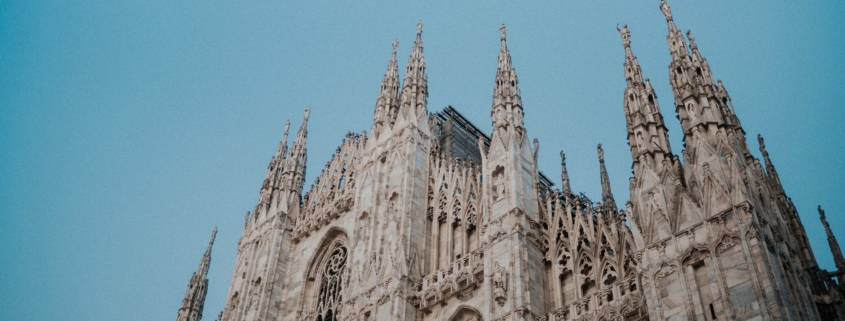 Bryan Brittos / Unsplash
Bryan Brittos / Unsplash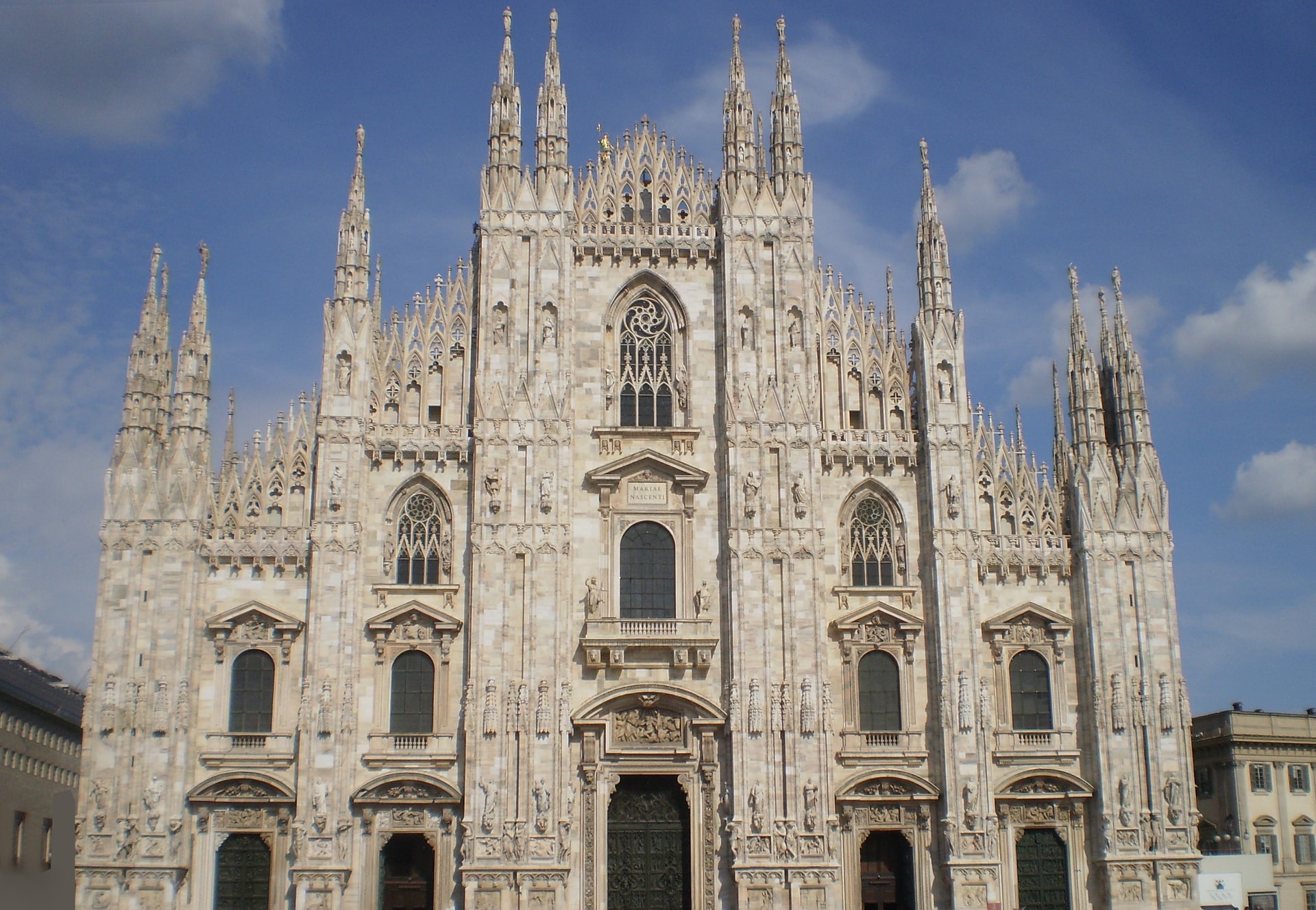
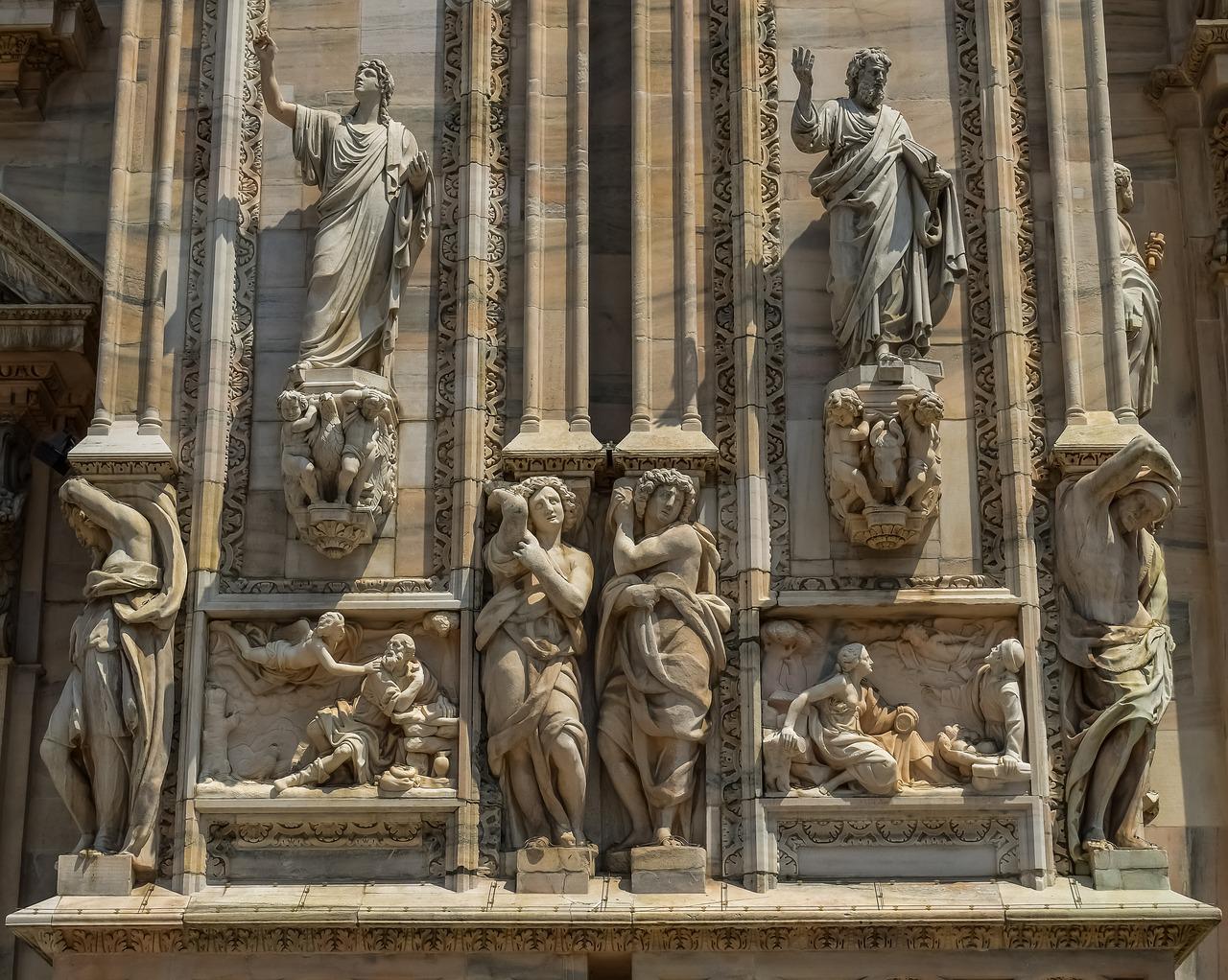
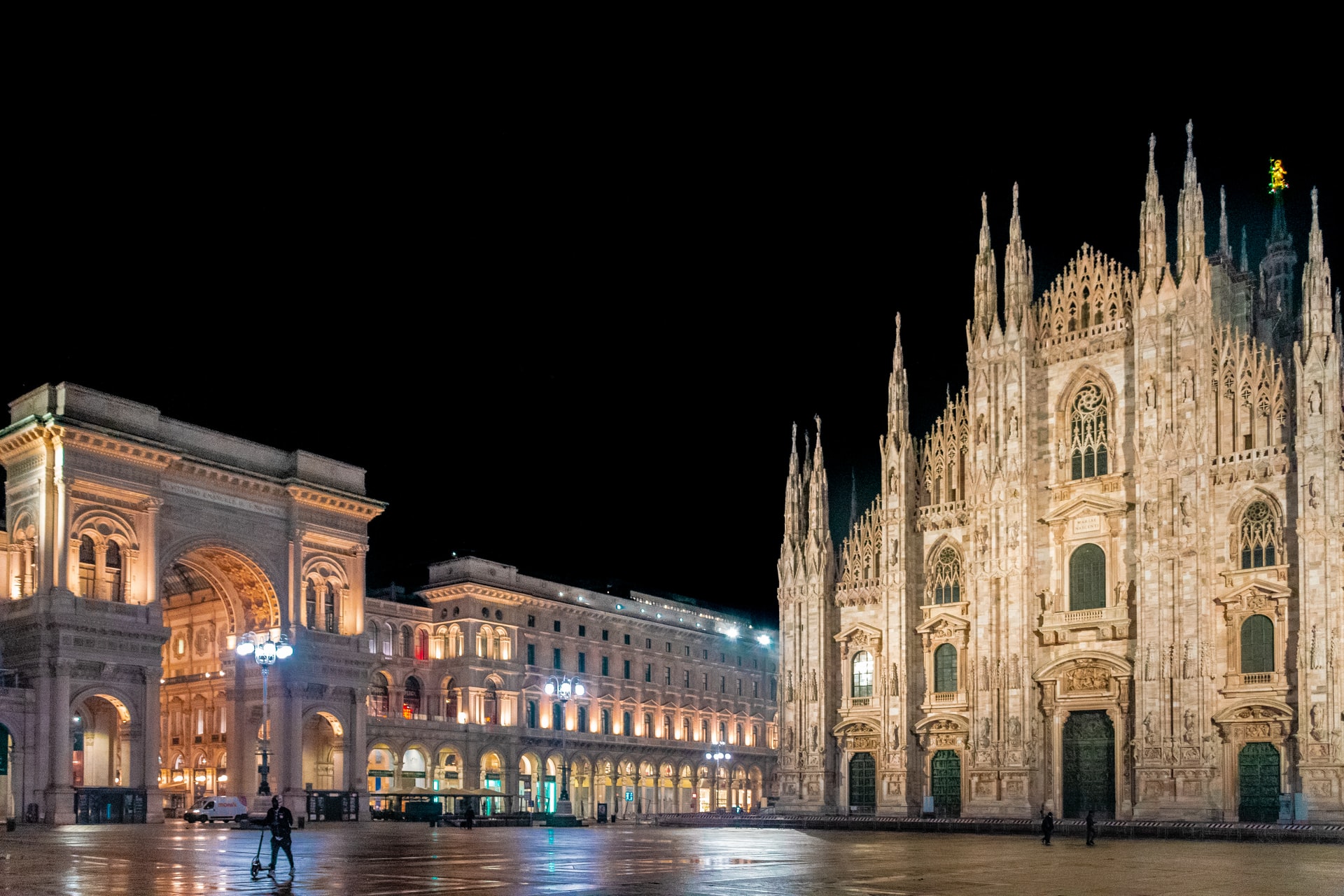
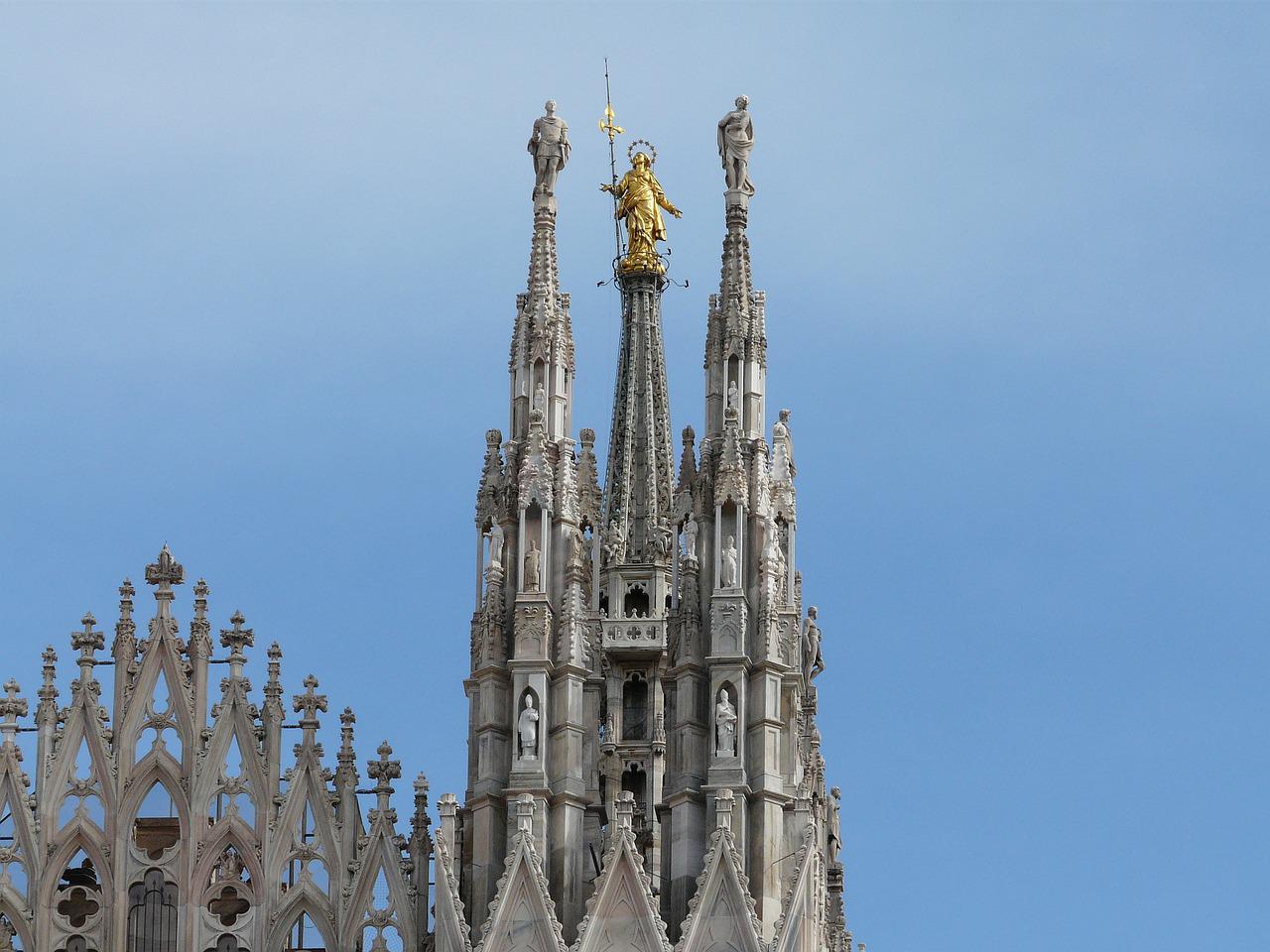
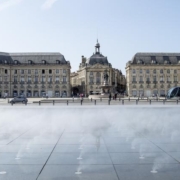
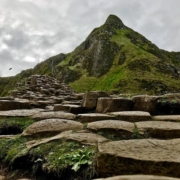 comiviajeros / pixabay.com
comiviajeros / pixabay.com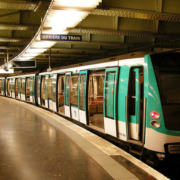
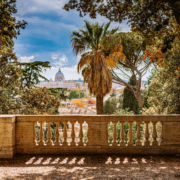
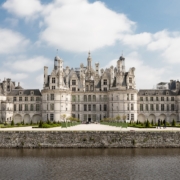 Dorian Mongel / Unsplash
Dorian Mongel / Unsplash 
 Daphne-be Frenchie / Unsplash
Daphne-be Frenchie / Unsplash
Leave a Reply
Want to join the discussion?Feel free to contribute!